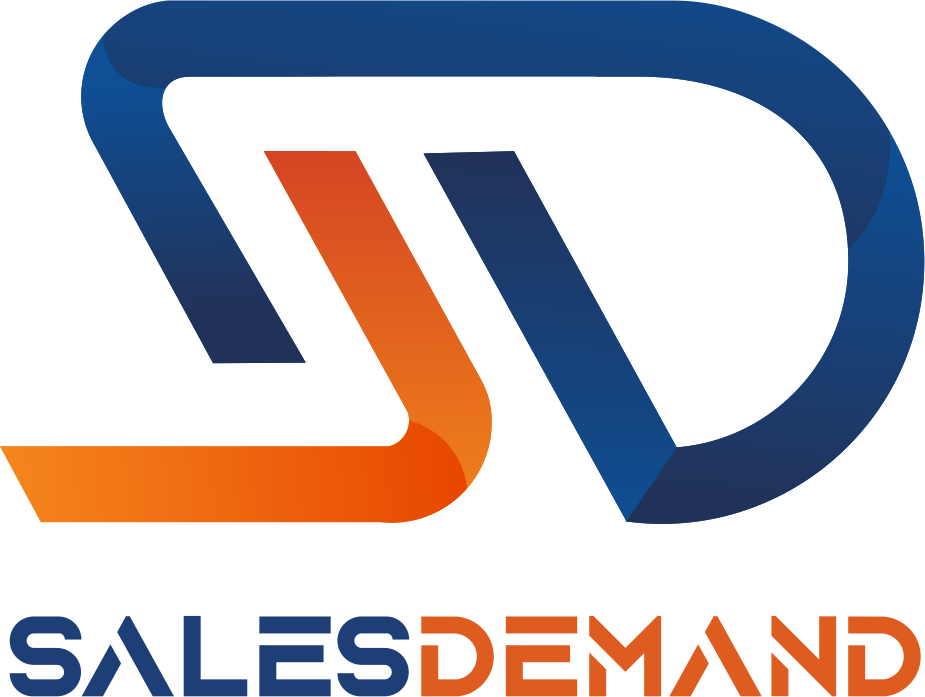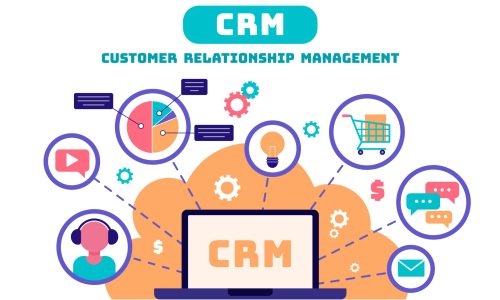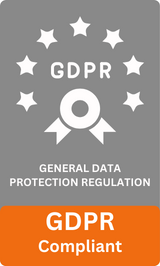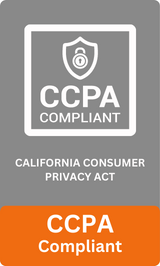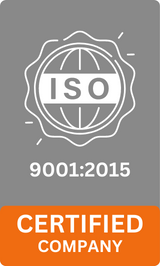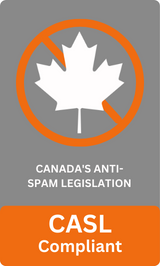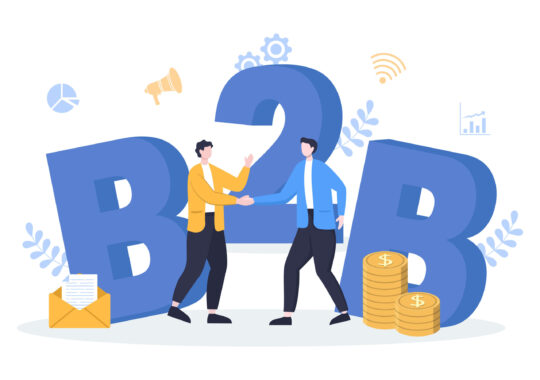
“The greatest salespeople are not the ones who sell the most but the ones who understand their customers the best.”
— Neil Rackham
Optimization is key to sustaining growth and achieving long-term success in the B2B sales industry. Using key performance indicators (KPIs) and understanding metrics related to the sales funnel will greatly improve your sales approach. Through an in-depth exploration of these elements, businesses can fine-tune their processes, align their teams, and drive greater efficiency and effectiveness.
What is B2B Sales?
B2B sales involve transactions between businesses, rather than between a business and individual consumers. Unlike B2C sales, B2B sales are characterized by longer sales cycles, higher transaction values, and more complex decision-making processes.
According to HubSpot, B2B sales often involve multiple stakeholders and a more deliberate purchasing process, making understanding and managing the sales funnel even more crucial.
B2B sales typically follow a structured approach, including lead generation, qualification, nurturing, and closing. This structured process helps businesses address the unique needs of other businesses, such as personalized solutions, scalability, and return on investment.
Types of B2B Sales Funnel Metrics
To effectively optimize the B2B sales funnel, it’s essential to track and analyze various metrics at each stage. Here are key metrics to consider:
1# Lead Generation Metrics
- Number of Leads Generated: Tracks how many leads are acquired through various channels.
- Lead Source Performance: Evaluate which sources (e.g., social media, SEO, content marketing) yield the most valuable leads.
- Lead Conversion Rates: Measures the percentage of leads that move to the next stage in the funnel.
2# Lead Qualification Metrics
- Lead Scoring: Assigns scores to leads based on their likelihood to convert, helping prioritize follow-ups.
- Percentage of Qualified Leads: Determines the proportion of leads that meet the criteria for further engagement.
- Time to Qualify: Measures the average time taken to qualify a lead from initial contact.
3# Sales Engagement Metrics
- Email Open Rates: Tracks how often sales-related emails are opened by prospects.
- Response Rates: Measures how often leads respond to sales communications.
- Meeting Scheduling Rates: Evaluate how frequently meetings or demos are scheduled with leads.
4# Opportunity Metrics
- Opportunity Win Rates: Calculates the percentage of opportunities that result in a closed deal.
- Average Deal Size: Determines the average value of closed deals.
- Sales Cycle Length: Tracks the average time taken to close an opportunity.
5# Customer Retention Metrics
- Customer Churn Rate: Measures the percentage of customers who stop doing business with the company.
- Customer Satisfaction Scores: Evaluate customer satisfaction levels through surveys and feedback.
- Repeat Purchase Rates: Tracks how often existing customers make additional purchases.
What are the Steps in the B2B Sales Funnel?
The B2B sales funnel is a model that illustrates the stages a potential customer goes through before making a purchase decision. Understanding each step helps businesses tailor their strategies to effectively move leads through the funnel:
1# Awareness:
At this stage, potential customers become aware of your business through various marketing efforts, such as content marketing, SEO, and social media. According to Marketo, awareness is crucial for building brand recognition and attracting potential leads.
2# Interest:
Leads express interest by engaging with your content, subscribing to newsletters, or attending webinars. This stage involves nurturing leads with relevant information and building a relationship.
3# Consideration:
Leads evaluate your product or service, often requesting more information or demos. It’s essential to provide detailed information and address any concerns to move leads closer to a decision.
4# Decision:
Leads are ready to make a purchase decision. This stage requires effective sales strategies to close the deal, such as personalized proposals and compelling offers.
5# Post-Purchase:
After the sale, the focus shifts to ensuring customer satisfaction and fostering long-term relationships. Providing excellent support and engaging with customers can lead to repeat business and referrals.
The Importance of Aligning Sales and Marketing in B2B
Sales and marketing alignment is critical for optimizing B2B sales. When these teams work together, they can better understand customer needs, create more targeted campaigns, and improve lead quality.
As marketing expert Michael Brenner notes, “When sales and marketing teams are aligned, they can drive significant business growth by delivering a cohesive and customer-centric experience.”
Benefits of Alignment
- Improved Lead Quality: Marketing can generate higher-quality leads that are more likely to convert, reducing the sales team’s effort and increasing efficiency.
- Consistent Messaging: Both teams can deliver a unified message to prospects, enhancing the customer experience and building trust.
- Enhanced Data Sharing: Sales and marketing teams can share insights and data, leading to better strategy adjustments and performance tracking.
Role of KPIs in B2B Sales
KPIs play a crucial role in measuring and optimizing B2B sales performance. They provide valuable insights into various aspects of the sales process, helping businesses make informed decisions and improve their strategies. According to sales consultant Jill Konrath, “KPIs are not just numbers; they’re the key to understanding and improving your sales performance.”
What are the KPIs for B2B sales?
- Sales Conversion Rate: Measures the percentage of leads that convert into customers. This KPI helps assess the effectiveness of the sales process.
- Customer Acquisition Cost (CAC): Calculates the cost associated with acquiring a new customer, including marketing and sales expenses.
- Customer Lifetime Value (CLV): Estimates the total revenue a customer will generate during their relationship with your company. CLV helps evaluate the long-term value of acquiring new customers.
- Sales Cycle Length: Tracks the average time taken to close a deal from initial contact to final sale. A shorter sales cycle indicates a more efficient sales process.
- Win Rate: Measures the percentage of opportunities that result in a closed deal. This KPI helps evaluate the effectiveness of the sales team in closing deals.
Key Performance Indicators (KPIs) for Each Stage of the B2B Sales Funnel
1# Awareness Stage
- Website Traffic: Measures the number of visitors to your website.
- Social Media Engagement: Tracks likes, shares, and comments on social media platforms.
- Content Reach: Evaluate how many people view and engage with your content.
2# Interest Stage
- Lead Generation Rate: Measures the number of leads generated through marketing efforts.
- Email Open Rates: Tracks how often sales-related emails are opened by prospects.
- Webinar Attendance: Evaluate the number of attendees at webinars and online events.
3# Consideration Stage
- Demo Requests: Tracks how many leads request product demonstrations.
- Proposal Acceptance Rates: Measures the percentage of proposals that are accepted by prospects.
- Lead-to-Opportunity Conversion Rates: Evaluate the percentage of leads that convert into opportunities.
4# Decision Stage
- Close Rate: Measures the percentage of opportunities that result in a closed deal.
- Average Deal Size: Determines the average value of closed deals.
- Sales Cycle Length: Tracks the time taken to close deals.
5# Post-Purchase Stage
- Customer Satisfaction Scores: Evaluate customer satisfaction through surveys and feedback.
- Churn Rate: Measures the percentage of customers who stop doing business with the company.
- Repeat Purchase Rates: Tracks how often existing customers make additional purchases.
Tools and Technologies for Tracking B2B Sales KPIs
1# CRM Systems
- Salesforce: Offers comprehensive CRM solutions for managing customer relationships and tracking sales performance.
- HubSpot: Provides an integrated CRM platform with tools for sales, marketing, and customer service.
- Zoho CRM: Offers customizable CRM solutions with features for sales automation and analytics.
2# Analytics Platforms
- Google Analytics: Google Analytics provides insights into website traffic, user behavior, and conversion rates.
- Kissmetrics: Offers advanced analytics for tracking customer behavior and engagement.
3# Marketing Automation Tools
- Marketo: Provides marketing automation solutions for lead management, email marketing, and campaign analytics.
- Pardot: Offers tools for B2B marketing automation, including lead scoring and nurturing.
4# Sales Intelligence Tools
- LinkedIn Sales Navigator: Provides advanced search and lead generation capabilities for sales professionals.
- Clearbit: Offers data enrichment and lead generation tools to improve sales prospecting.
Common Challenges in B2B Sales Funnel Optimization
1# Data Integration:
Combining data from different sources can be challenging and may lead to incomplete or inconsistent insights. Implementing integrated systems and processes can help overcome this issue.
2# Lead Quality:
Ensuring that leads are properly qualified and not just high in volume can be difficult. Implementing lead scoring and qualification criteria can help improve lead quality.
3# Sales and Marketing Alignment:
Achieving and maintaining alignment between sales and marketing teams requires ongoing effort and communication. Regular meetings and shared goals can help foster collaboration.
4# Changing Buyer Behavior:
Adapting to evolving buyer preferences and behaviors requires continuous monitoring and adjustment of strategies. Staying informed about industry trends and customer feedback is essential.
Case Studies – Successful B2B Sales Optimization
Study 1: XYZ Corporation:
- Challenge: XYZ Corporation struggled with long sales cycles and low conversion rates.
- Solution: Implemented a new CRM system and aligned their sales and marketing efforts. Introduced lead scoring and refined their lead nurturing strategies.
- Results: Improved lead conversion rate by 30% and reduced sales cycle length by 20%.
Study 2: ABC Tech Solutions:
- Challenge: ABC Tech Solutions faced high customer acquisition costs and low customer lifetime value.
- Solution: Leveraged advanced analytics to track KPIs across their sales funnel and optimized their marketing campaigns.
- Results: Increased customer lifetime value by 25% and reduced customer acquisition cost by 15%.
FAQs
- How can businesses reduce their sales cycle length? To reduce sales cycle length, businesses can focus on better lead qualification, streamline their sales process, utilize CRM tools for efficient follow-ups, and ensure alignment between sales and marketing teams to avoid bottlenecks in the funnel.
- How can I improve my sales funnel metrics? Focus on improving lead quality, aligning sales and marketing teams, and utilizing the right tools for tracking and analysis.
- What tools are best for tracking B2B sales KPIs? CRM systems, analytics platforms, marketing automation tools, and sales intelligence tools are essential for tracking and optimizing B2B sales KPIs.
- What strategies can be used to optimize B2B sales through KPIs? Strategies include setting clear sales targets, regularly reviewing and adjusting KPIs, aligning sales efforts with business goals, and using data-driven insights to refine sales processes and improve overall performance.
Businesses can achieve strong growth and accomplishment in their B2B sales efforts by understanding and utilizing funnel measurements and KPIs. Implementing the right strategies and tools can lead to better performance, increased efficiency, and enhanced customer satisfaction.
I hope you find the above content helpful. For more such informative content please visit SalesDemand.
